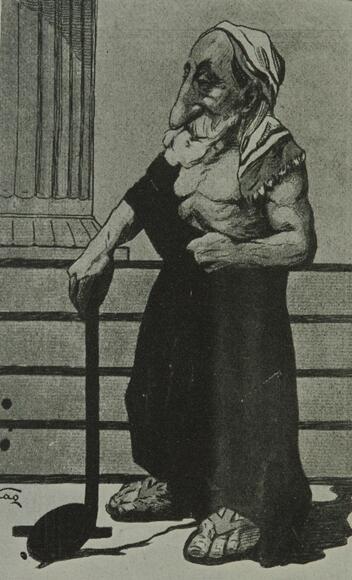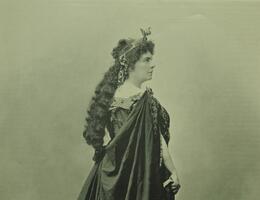Samson et Dalila

Opera in three acts and four scenes, first performed on 2 December 1877 at the Grossherzogliches Theater (Grand Ducal Theatre) in Weimar; the work is dedicated to Pauline Viardot (1821-1910).
“Dalila is and will remain my masterpiece,” Saint-Saëns told Auguste Durand, his publisher, in 1878. And he was not mistaken: of his thirteen operas it is today the most famous. Originally he planned to compose an oratorio on the subject of Samson and Delilah and in 1859 set to work on a composition to a libretto by Ferdinand Lemaire based on the Book of Judges, Chapter 16, plus some additional material. As early as 1867 he presented excerpts from his work in several private performances, but was discouraged by the lukewarm reception they received. It was Liszt’s enthusiastic support that persuaded him to return to the work. Later he confided: “Without Liszt, [...] Samson would never have been born”. He finished work on the opera in 1876 and, again on Liszt’s initiative, it was premièred, in German, on 2 December 1877 at the Grand Ducal Theatre in Weimar, with Eduard Lassen (1830-1904) conducting. Samson et Dalila was performed for the first time in France – and in French – on 3 March 1890 at the Théâtre des Arts in Rouen. The Paris Opéra finally staged the opera two years later, on 23 November 1892, when it became definitively part of the institution’s repertoire. The three main protagonists in this work, combining biblical narrative with military history, are Samson (tenor), Dalila (mezzo-soprano) and the High Priest of Dagon (baritone). Particularly remarkable are the great love duet beginning with Dalila’s aria “Mon cœur s’ouvre à ta voix” (Act II), the exotic Bacchanale (Act III) and the spectacular destruction of the temple in the final scene of the work.
Documents and archives

Press illustration, Picture of a scene, Photograph
Marianne Flahaut en Dalila (Samson et Dalila de Saint-Saëns)

Press illustration, Picture of a scene, Photograph


